Early Stage Cat Hair Loss Ringworm
Hair loss alopecia occurs when the spores infect the hair shafts resulting in increased fragility of the infected hairs.
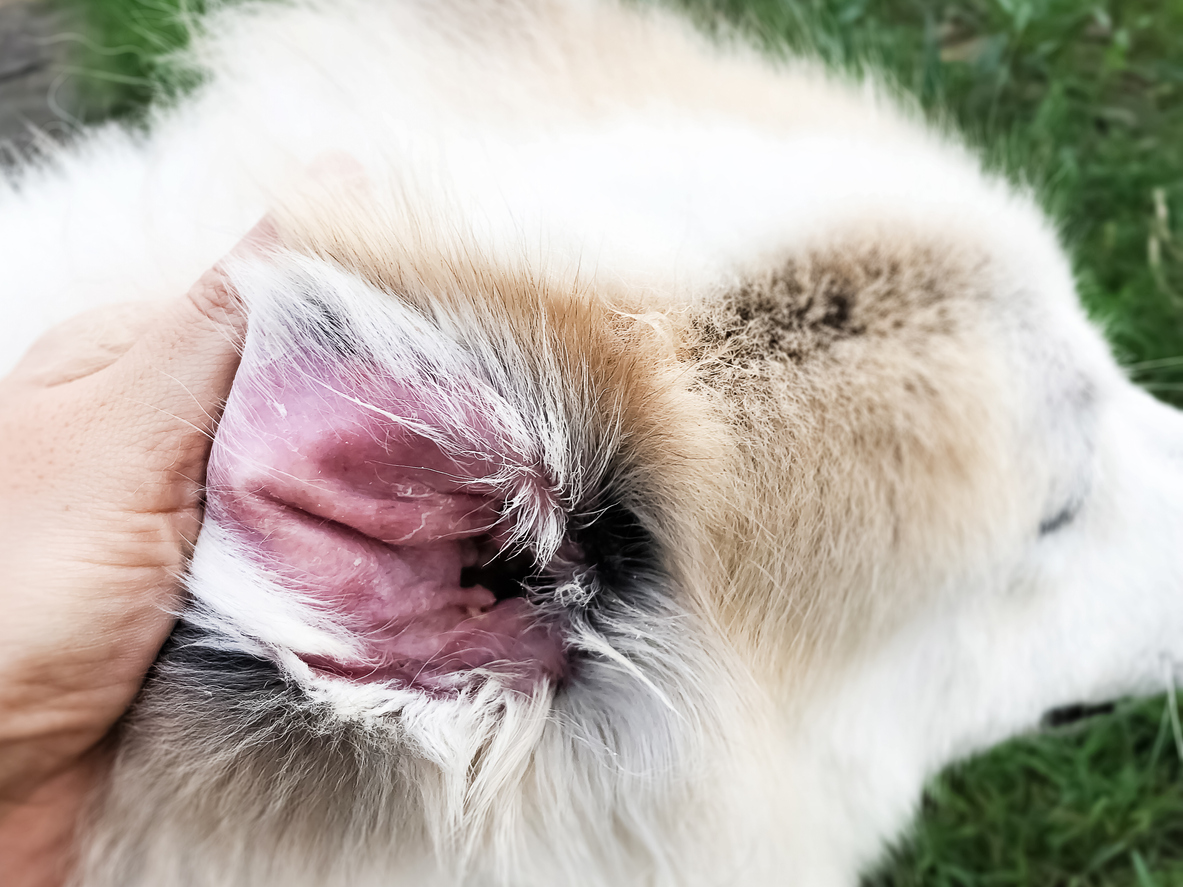
Early stage cat hair loss ringworm. A cigarette ash scaling in the depths of the coat may be the only visible indicator of ringworm infection in cats. It usually takes four to fourteen days for the symptoms of ringworm to appear clearly. The ringworm fungus grows around hair shafts and migrates downward into the hair follicles. Treatment is always recommended for ringworm.
During this time the cat will be in significant discomfort. The classic sign of circular hair loss is most commonly seen in cats. The primary early sign of jock itch is an itchy peeling rash in the shape of a ring. If it develops on the scalp it can cause patches of hair loss and is.
This will cause stress and anxiety. With treatment your cat will usually heal within six weeks. Your cat also faces the risk of permanent scarring. It will experience hair loss and constantly scratch.
Fingernail and toenail ringworm causes nails to discolor and thicken. This is because the fungi multiply itself on the skin and when the fungi are in enough quantity you can notice a pink or red spot on the skin. Some cats may have round thickened patches of skin with hair loss. Some other symptoms of ringworm are raised rounded knotty nodular lesions known as granulomatous lesions or boils.
Look for patches of hair loss on your cat. This leads to inflammation and causes the hair to shed leaving a patch of bald flaky skin behind. Granulomas are raised nodular lesions that frequently ooze kerions as a result of ringworm infection. A ringworm on the scalp is accompanied with loss of hair where as the stages in which the condition tends to appear is largely dependent on which part of the skin it is but where it maybe the best thing to do upon discovering it is seeking an effective and immediate treatment.
In the early stage you will not get too much symptom of ringworm. Ringworm surprisingly ringworm has nothing to do with worms but is a fungal infection that can occur anywhere on the body. These bald areas are often scaly or crusty and may be reddened and inflamed. Your vet may also darken the room and shine a woods lamp commonly called a black light over your cats skin and fur.


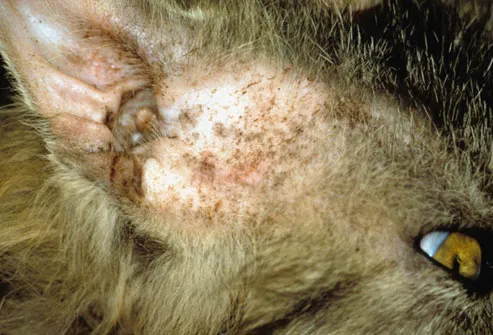



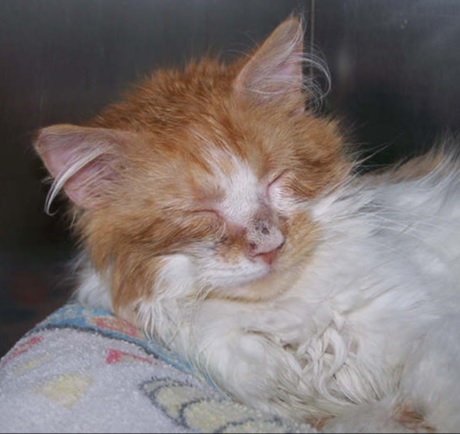
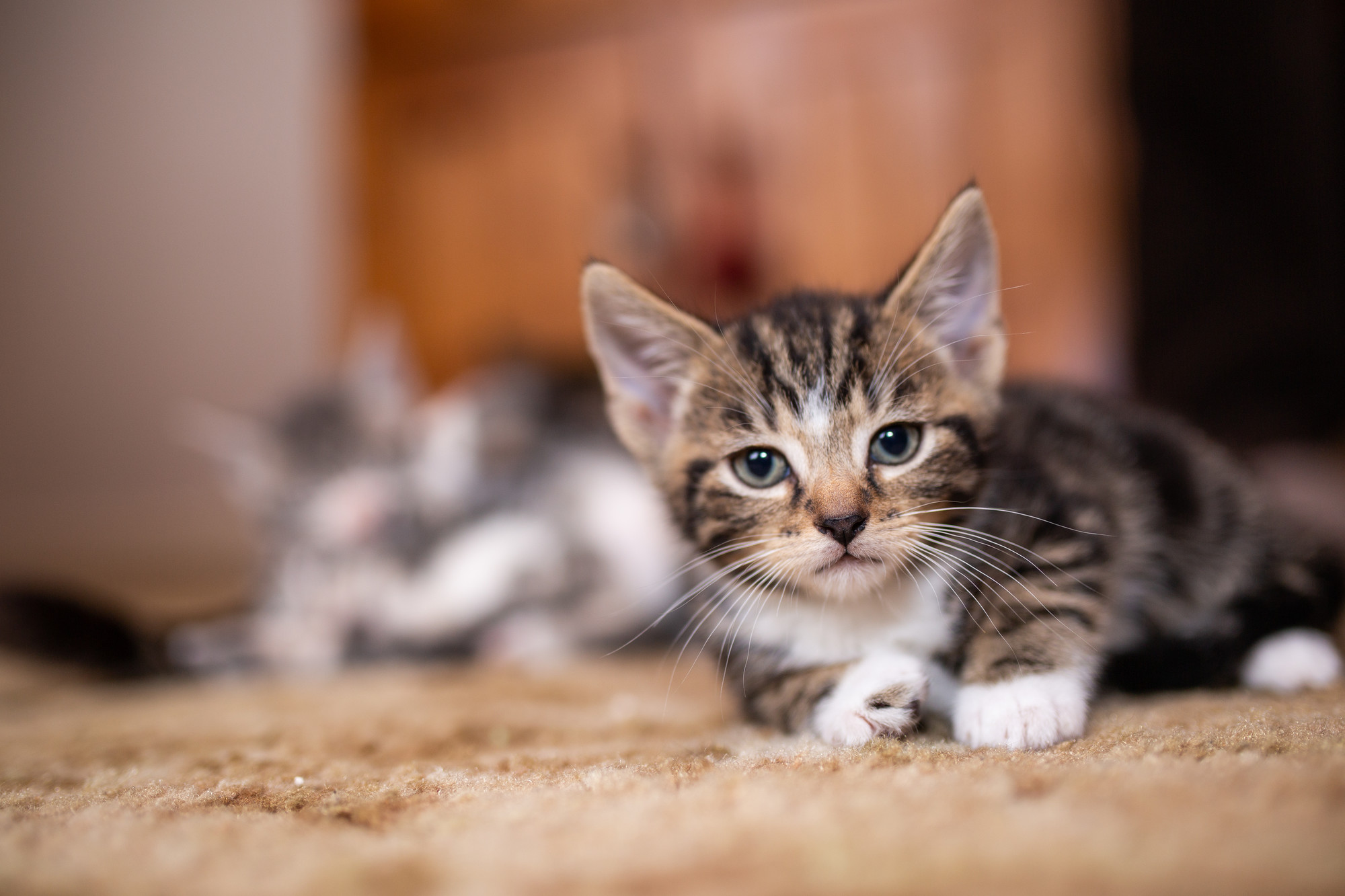




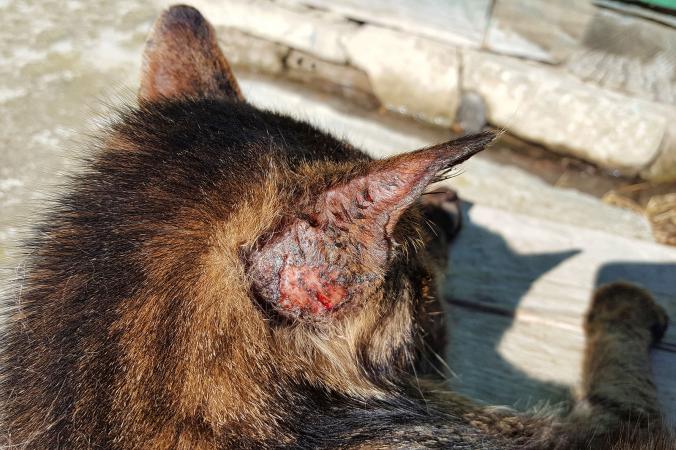
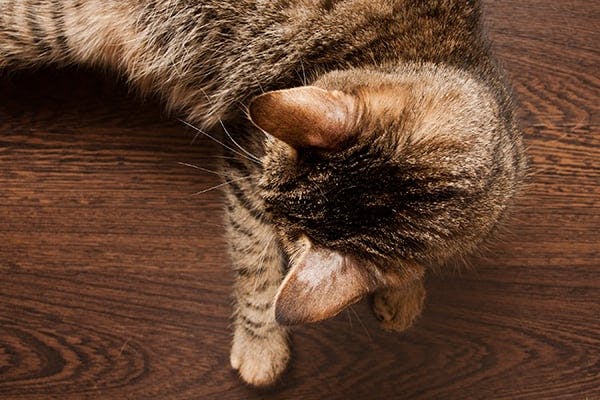


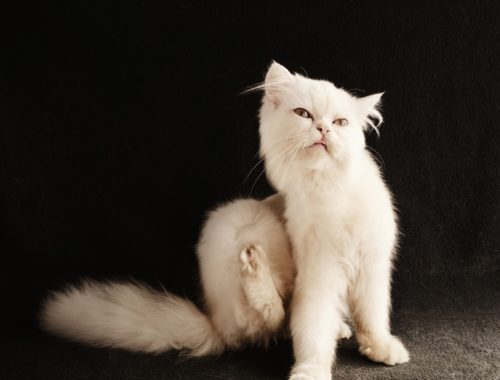
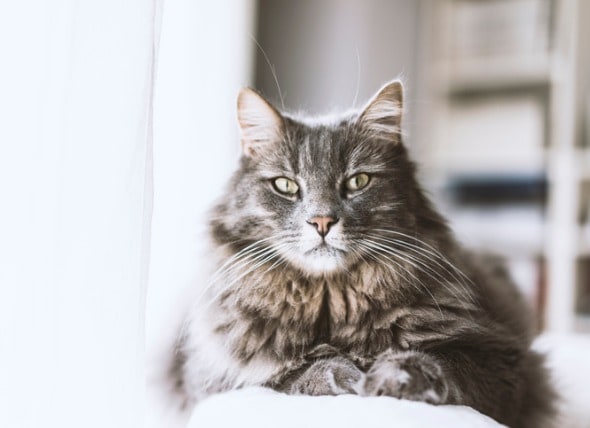


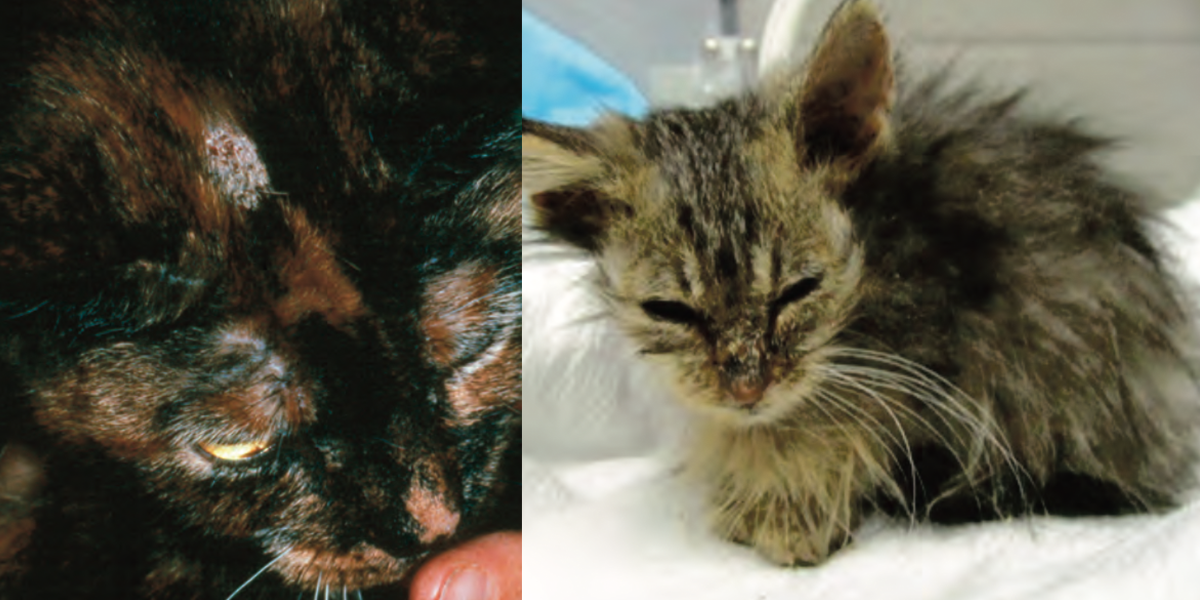
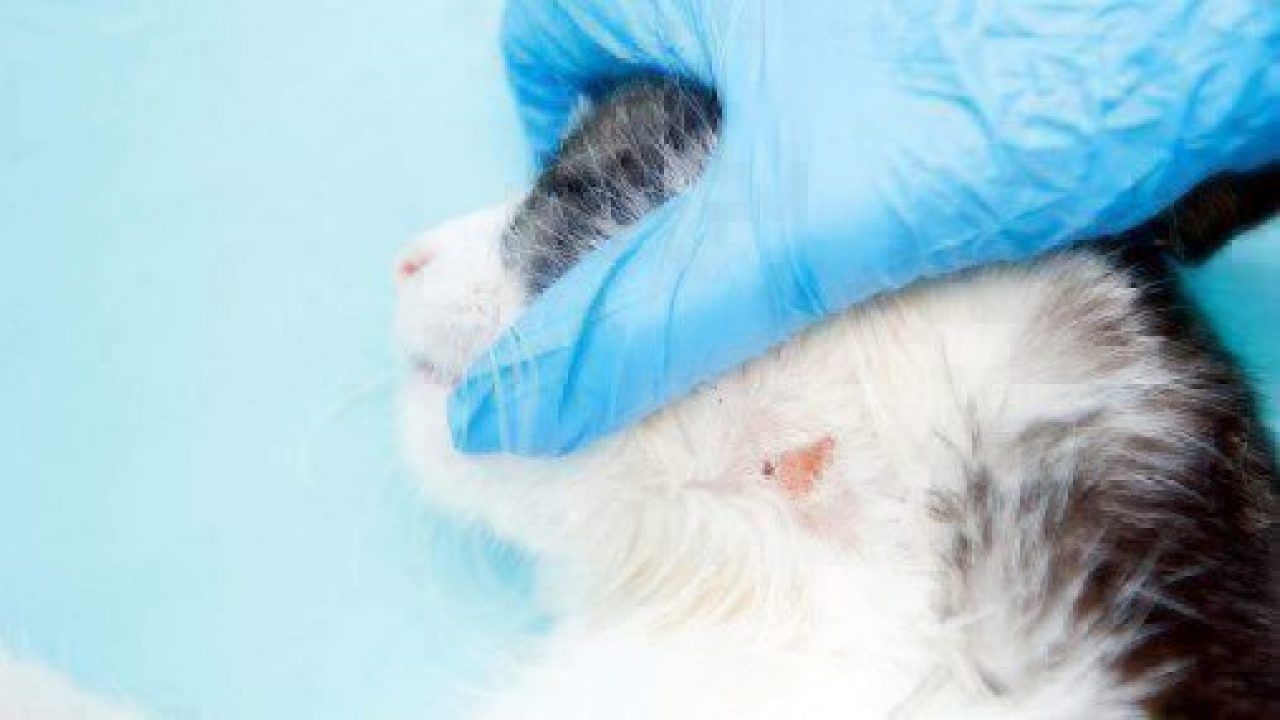

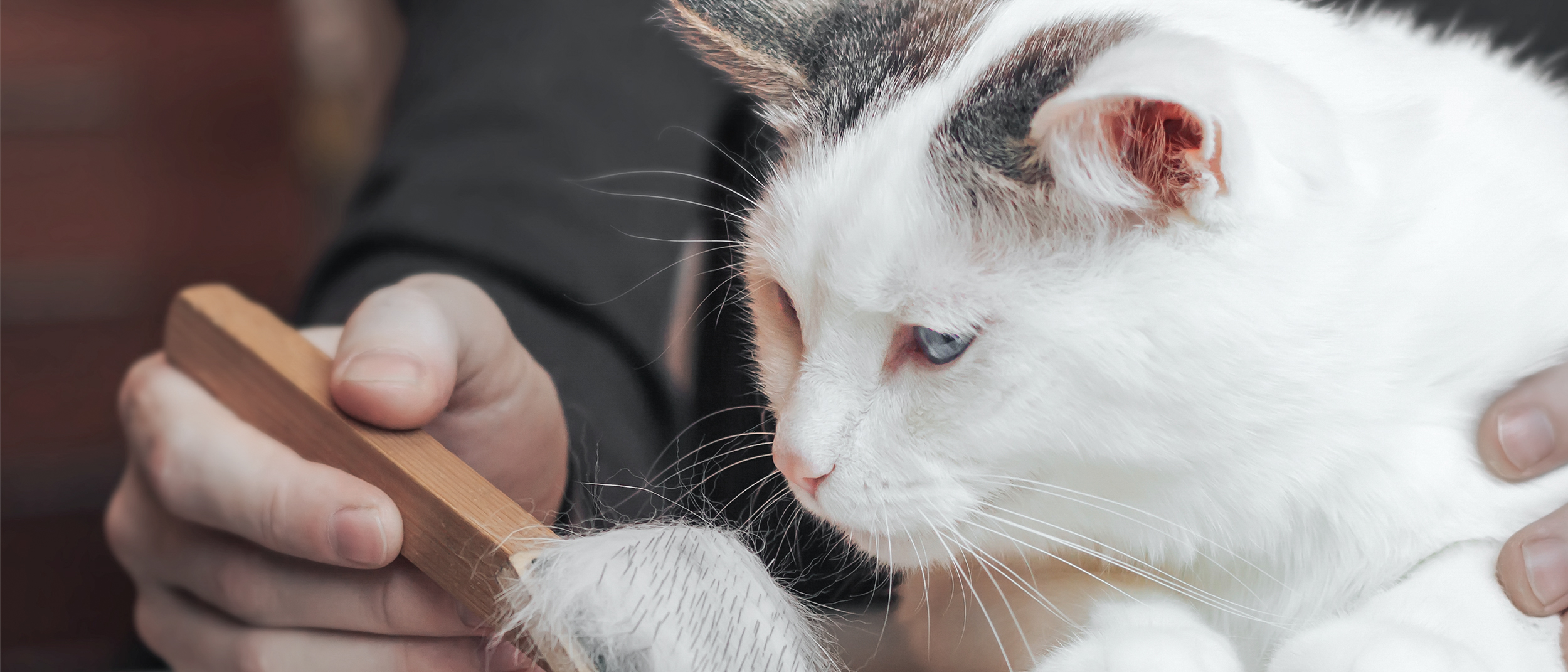

/GettyImages-183834417-580423c95f9b5805c2d7c87b.jpg)



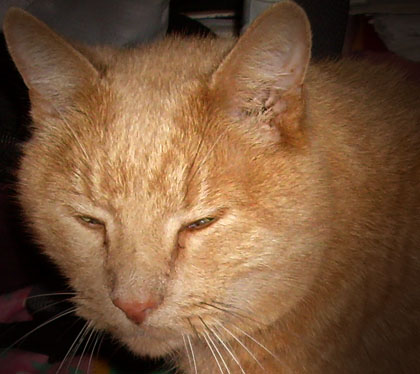
:max_bytes(150000):strip_icc()/what-is-ringworm-3384816_FINAL-b1f08de4eba646ed9594af04aabc0261.png)




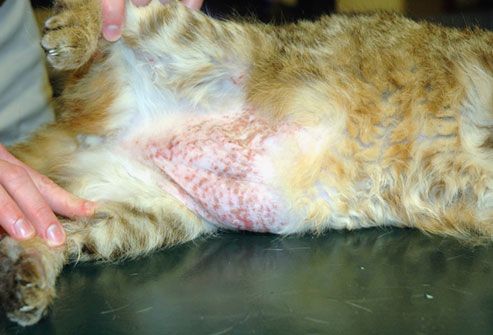
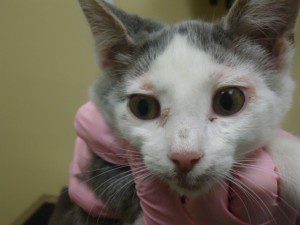


/two-kittens-outdoors-592212965-5b9a66964cedfd00259095ad.jpg)
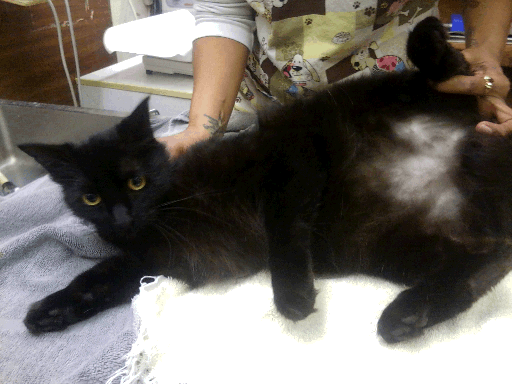
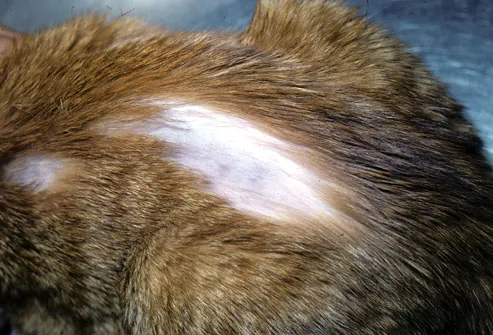
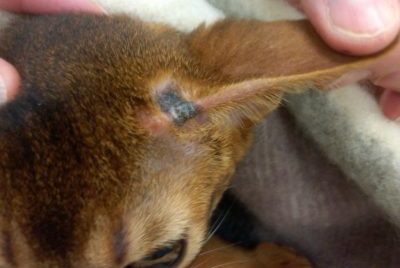

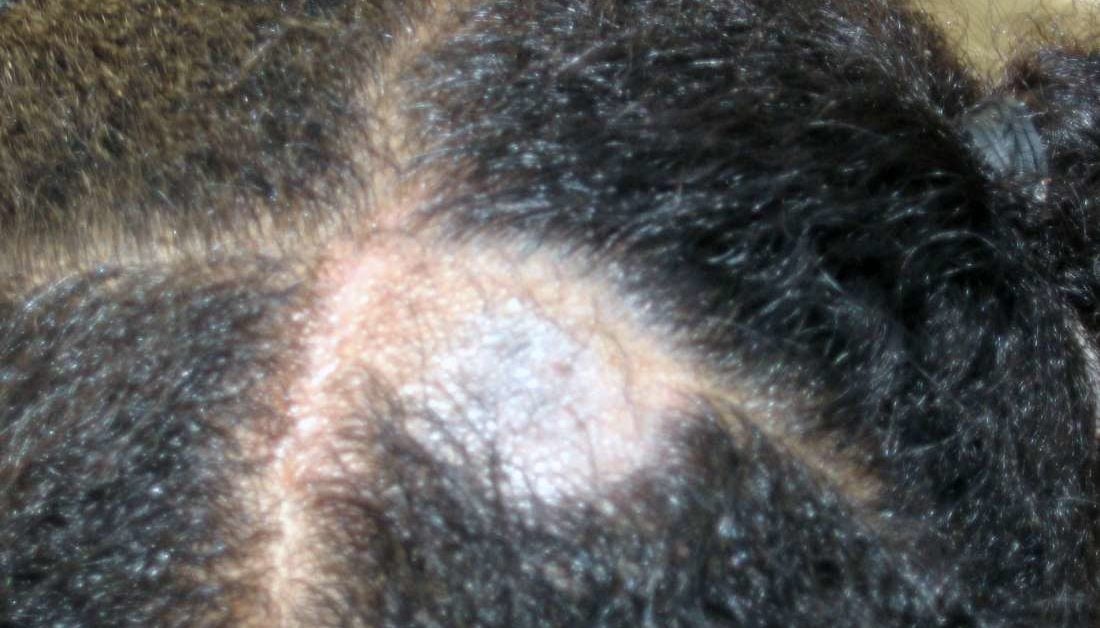




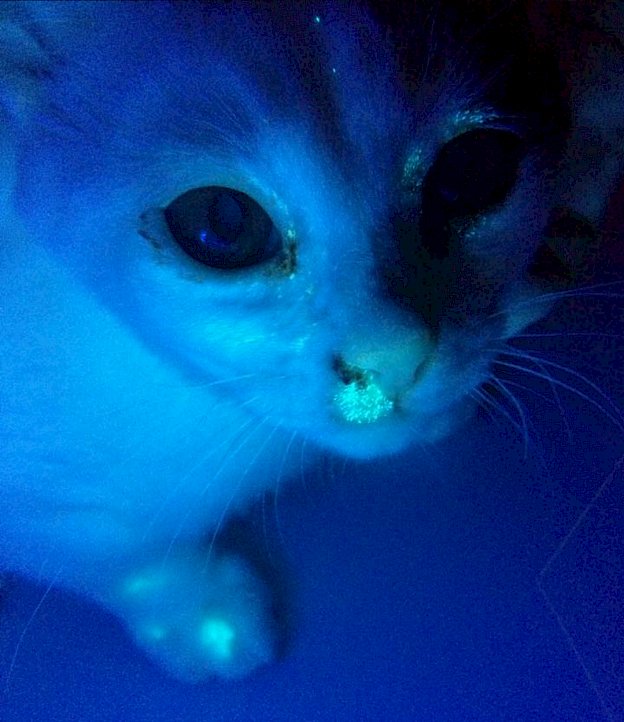

/close-up-of-cat-sitting-outdoors-760311515-5c4f17cdc9e77c00014afbb3.jpg)





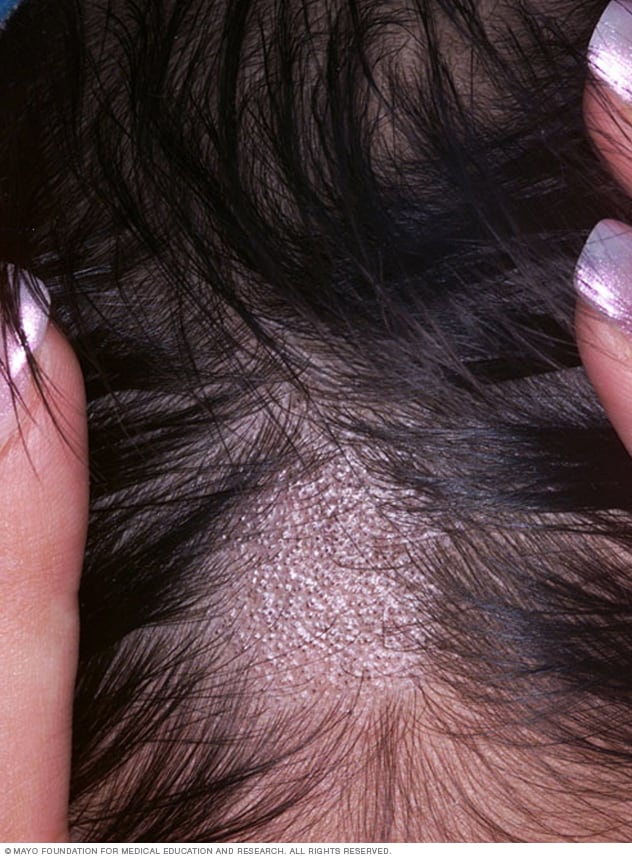


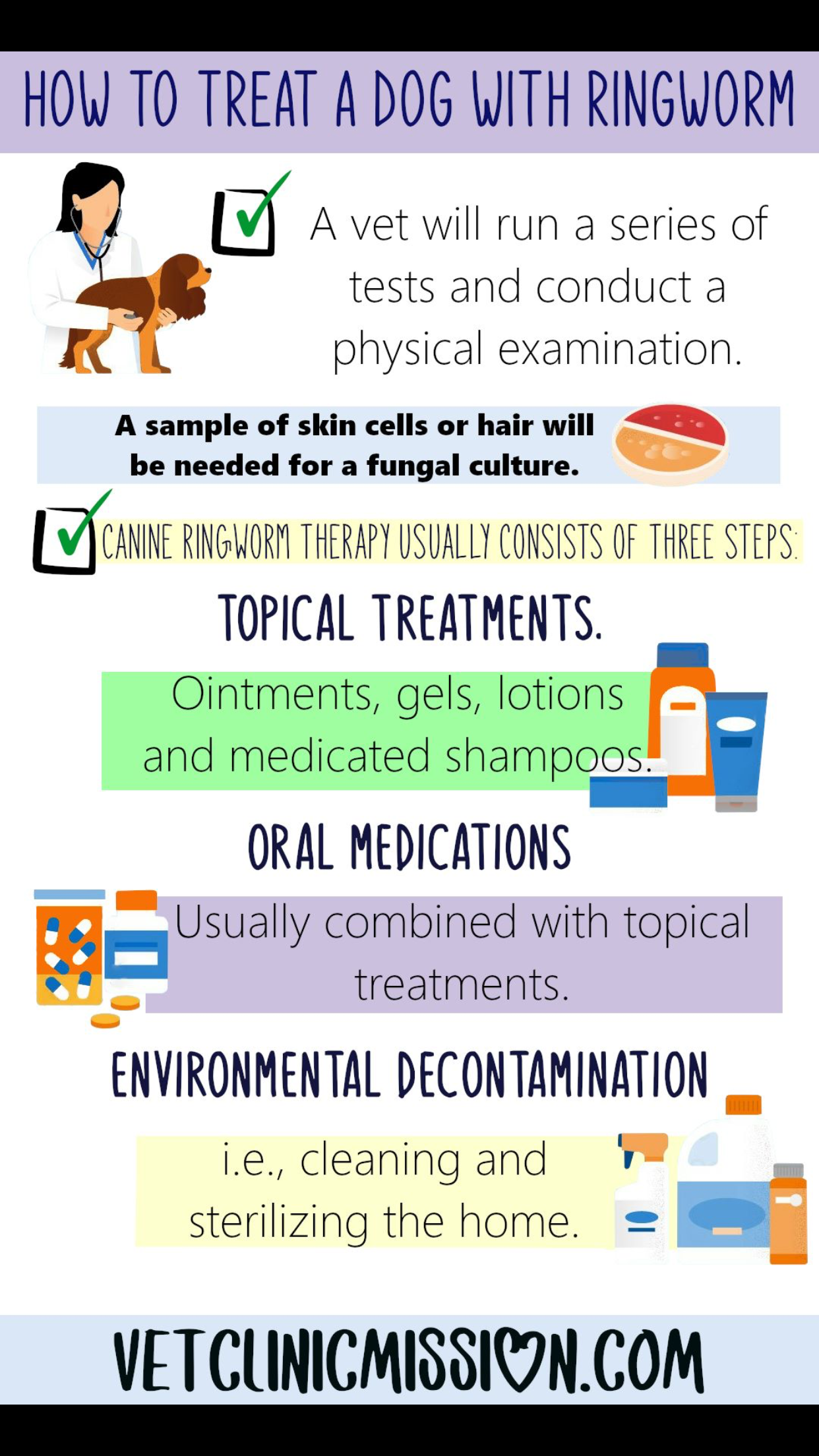
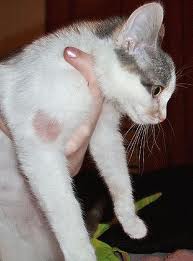

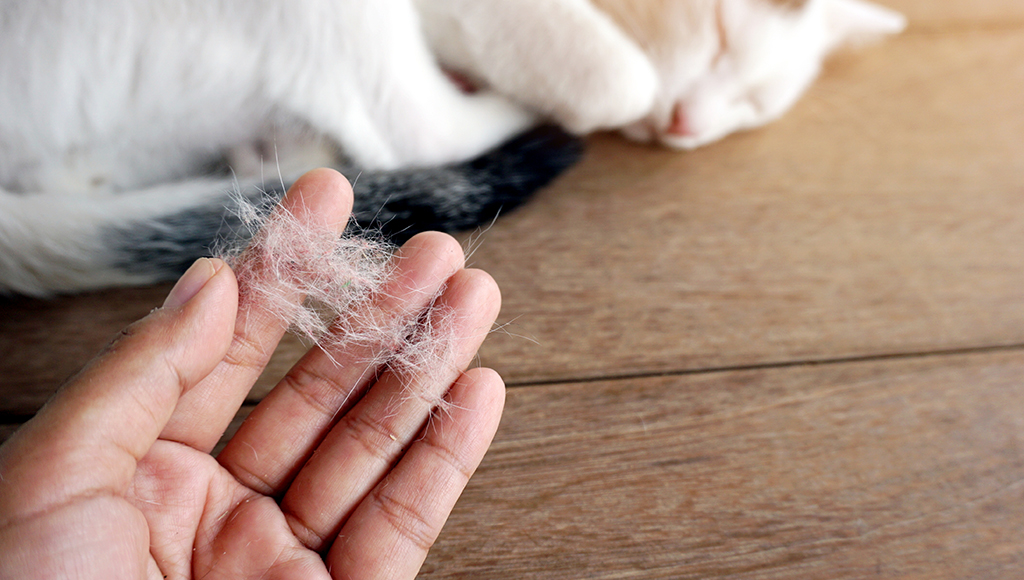
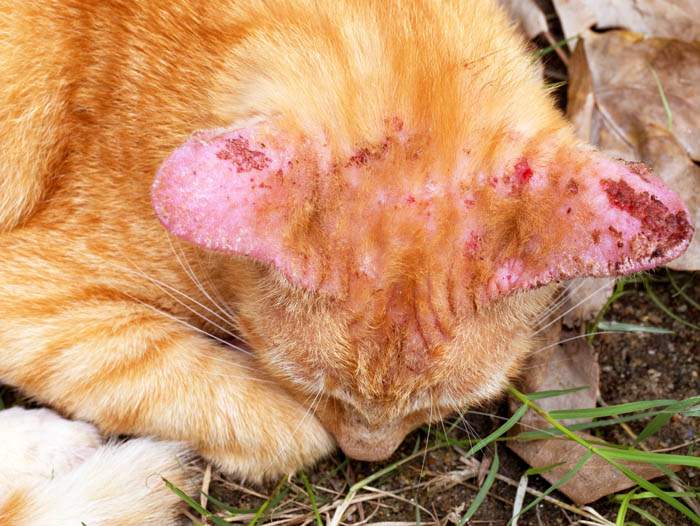

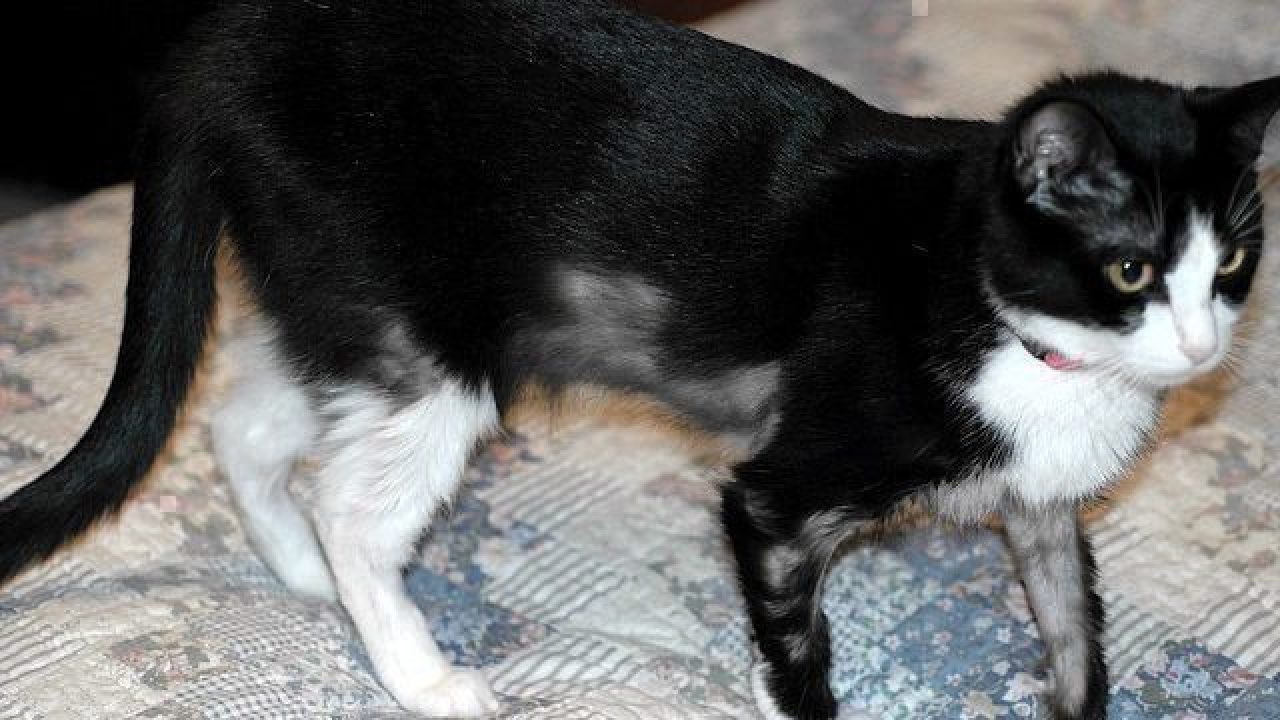






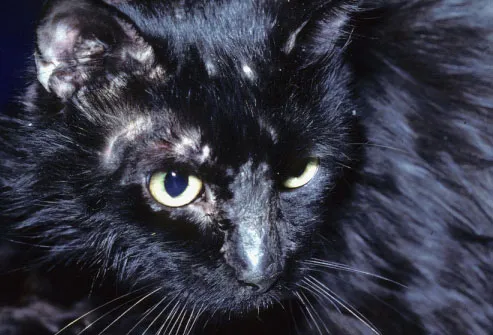
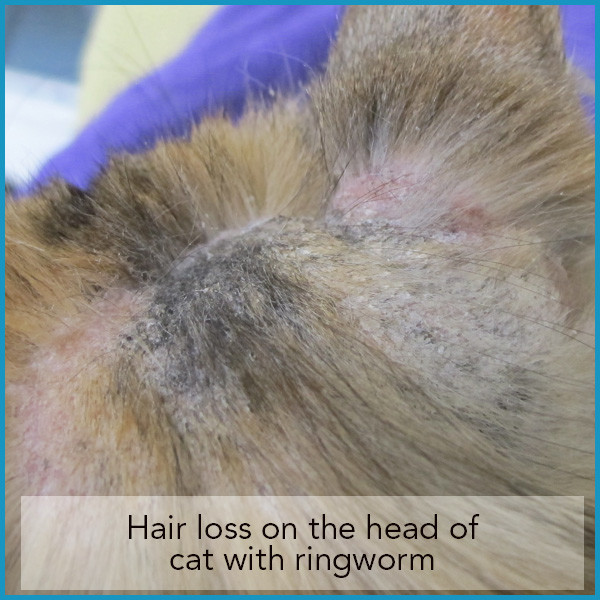


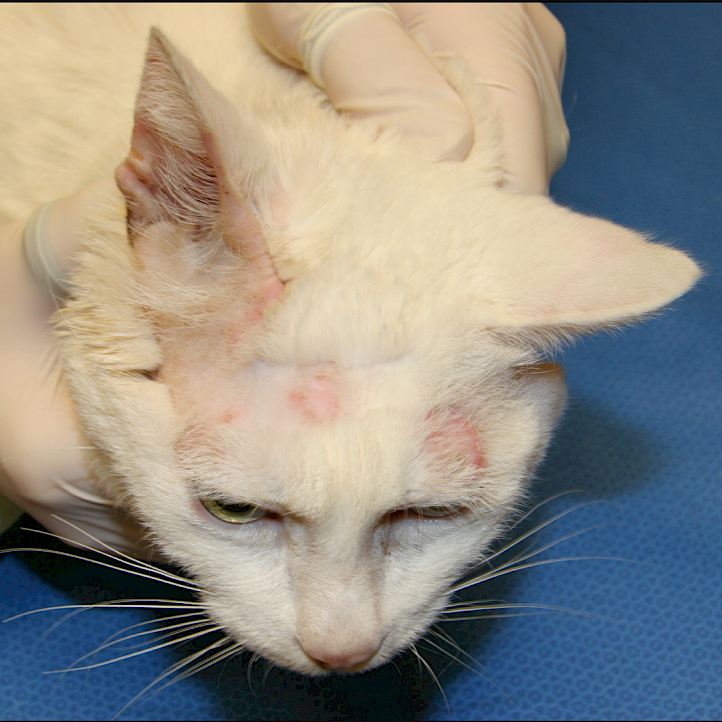




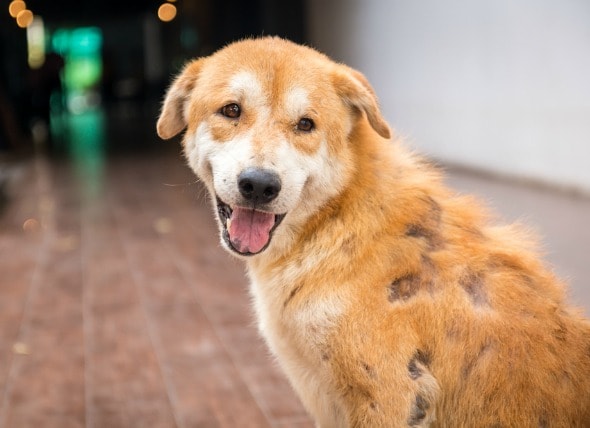
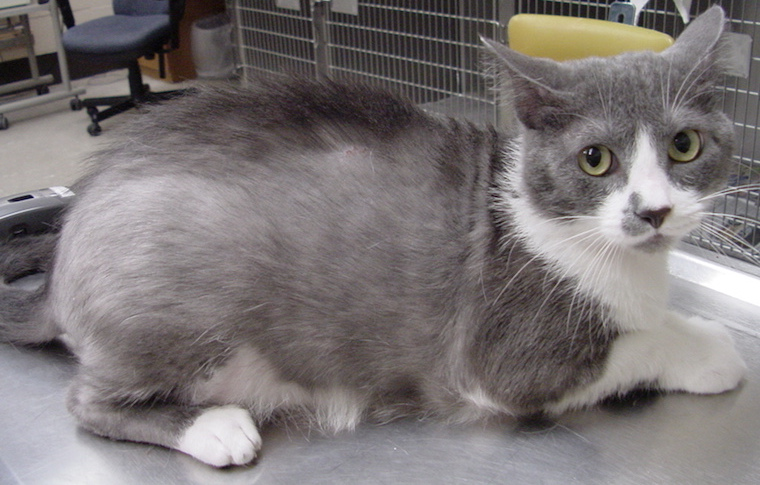
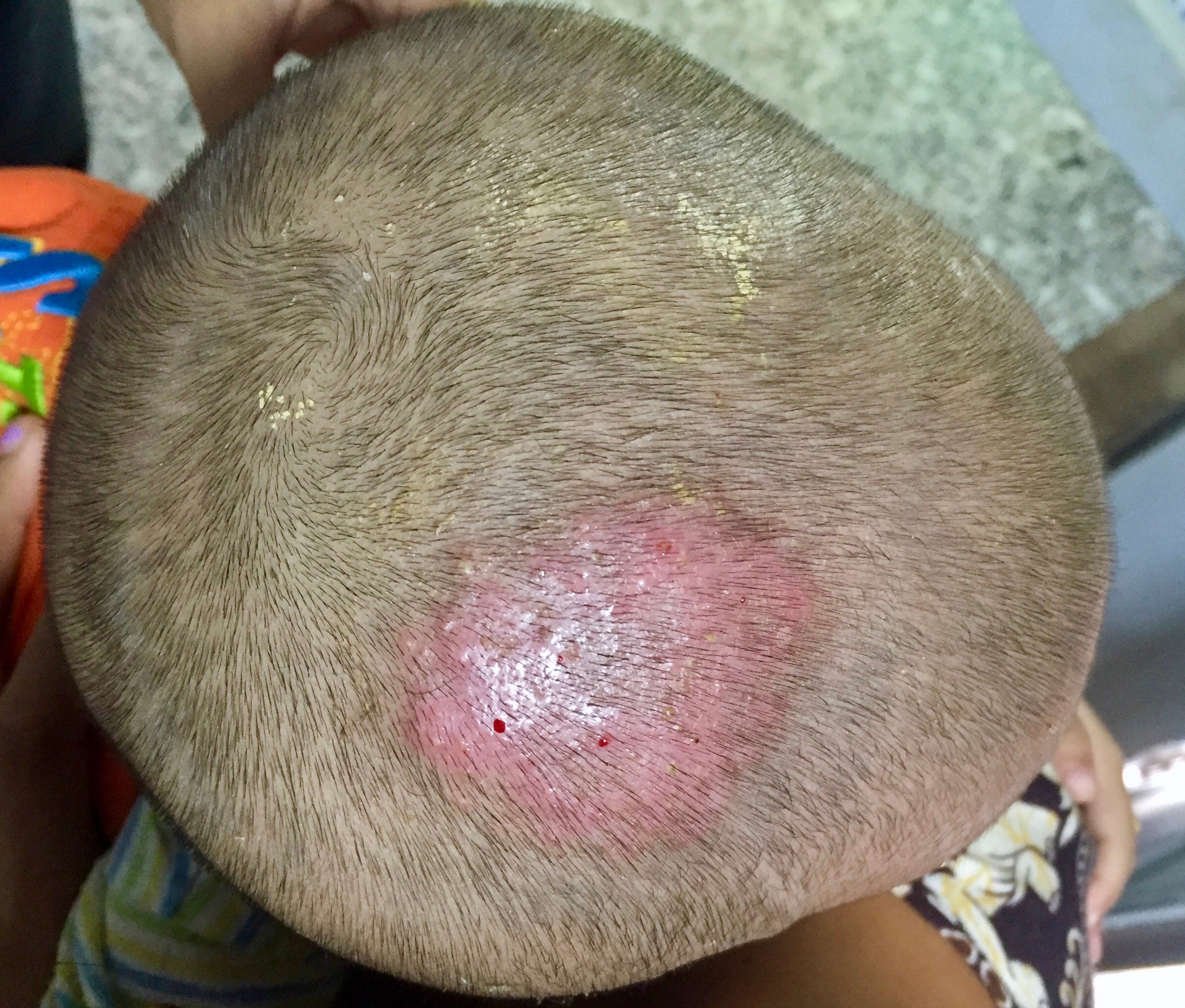
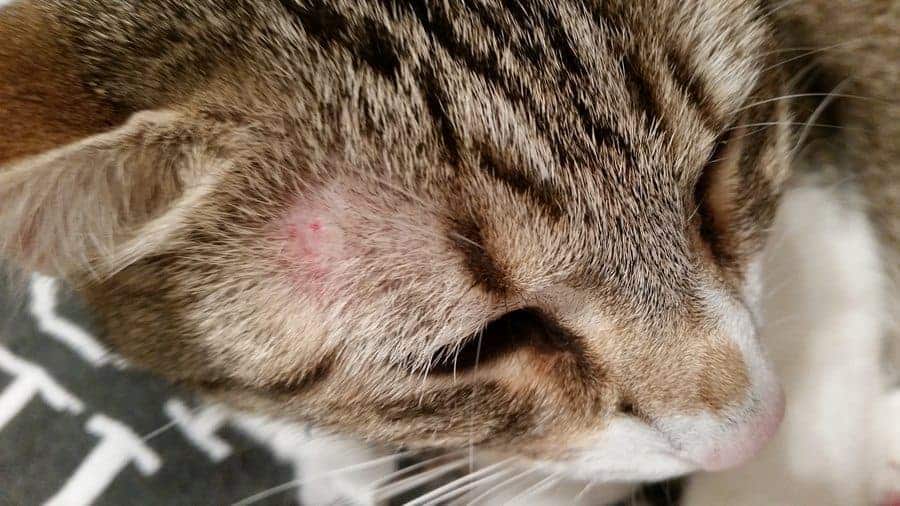


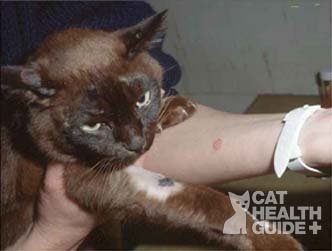

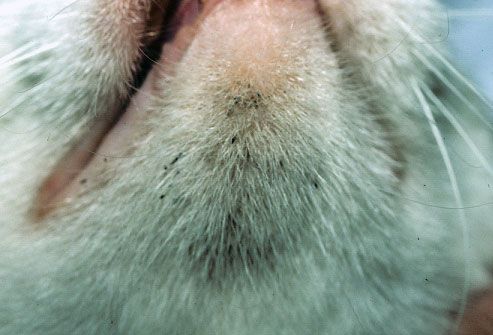


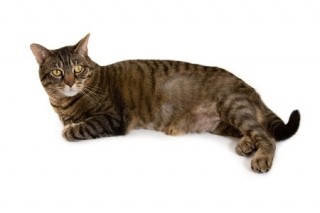
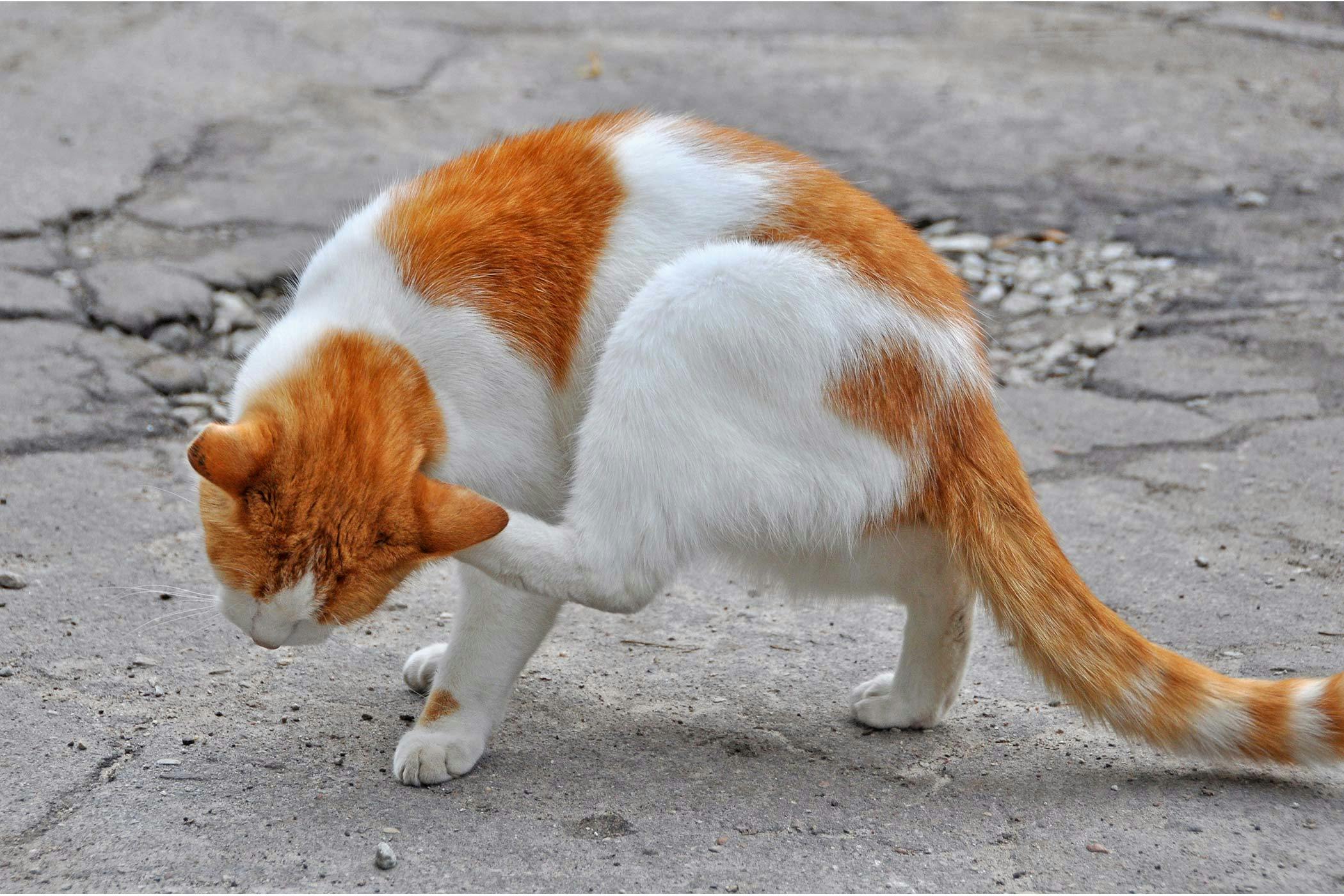
:max_bytes(150000):strip_icc()/25030552198_63bb84684d_h-5b9a63c346e0fb0025c34be1.jpg)
